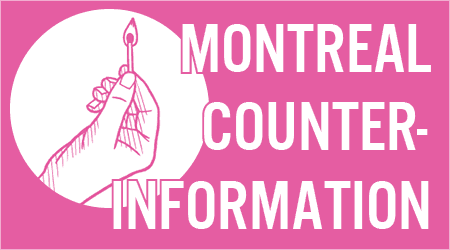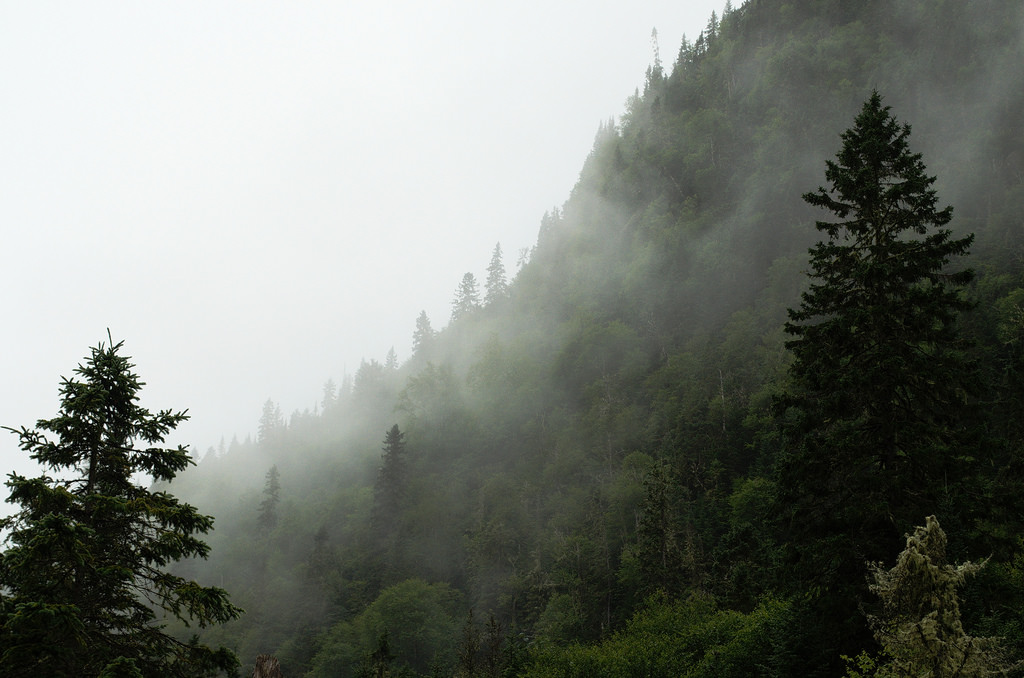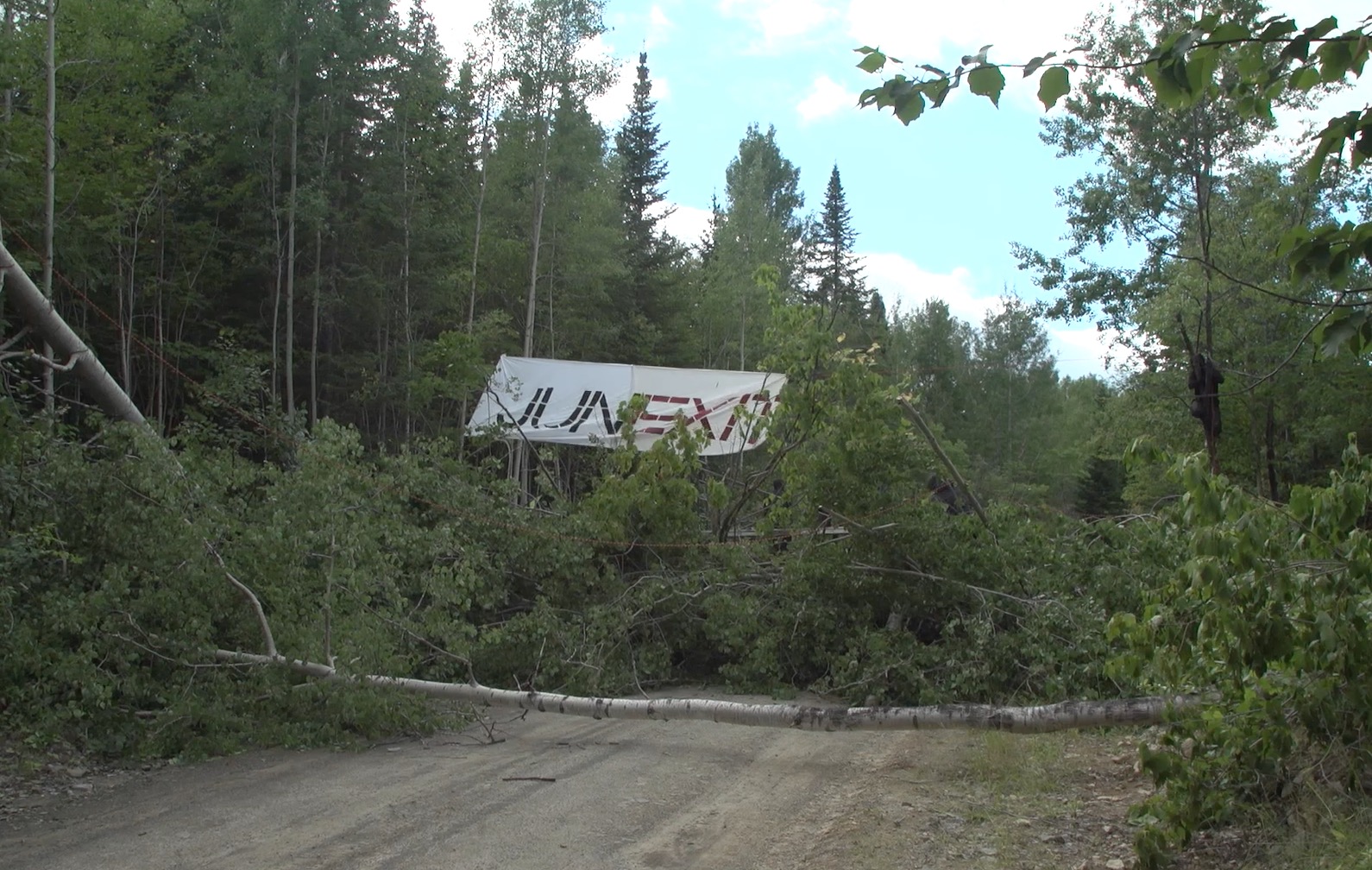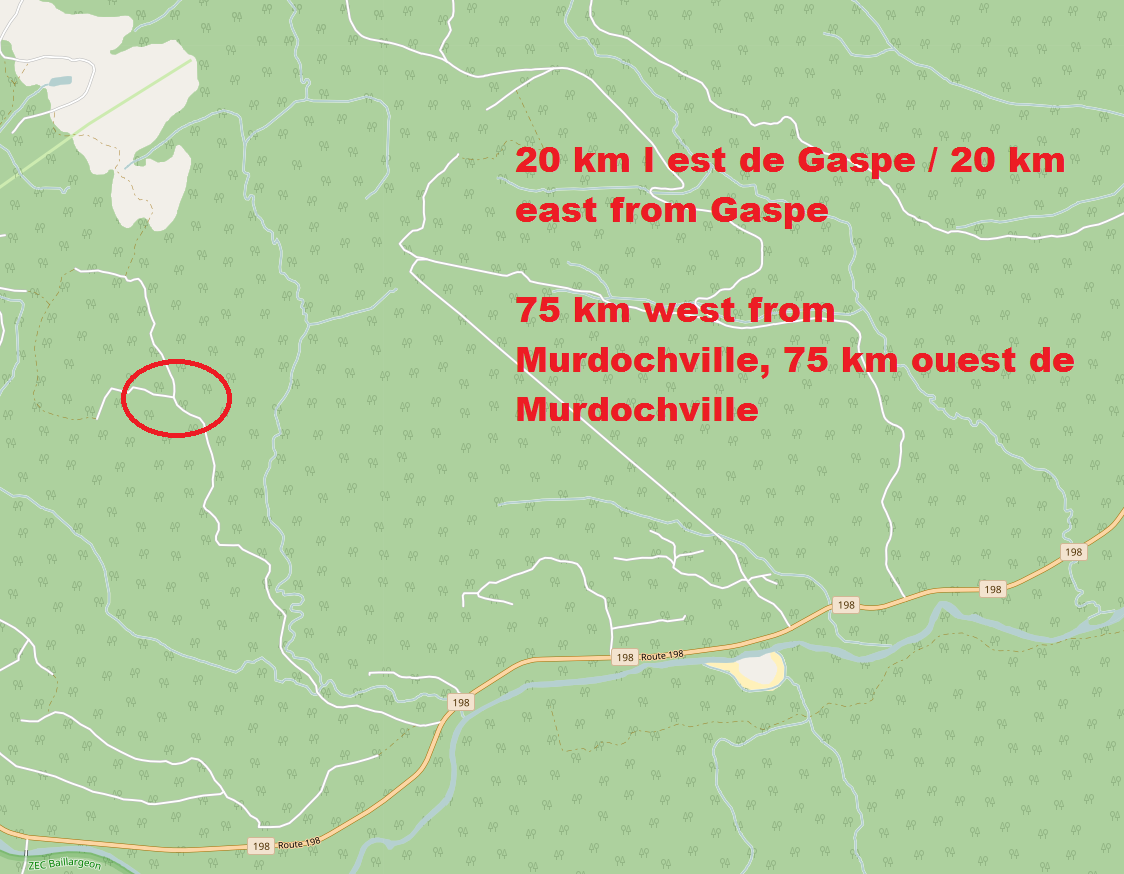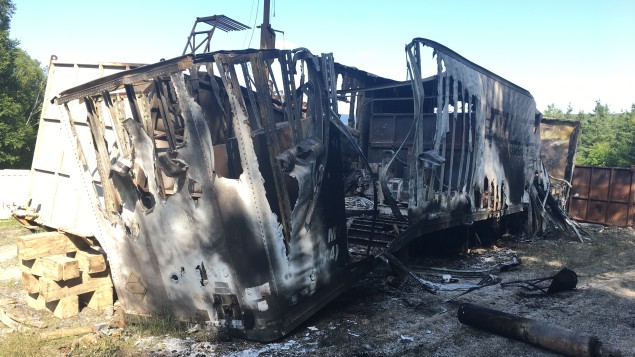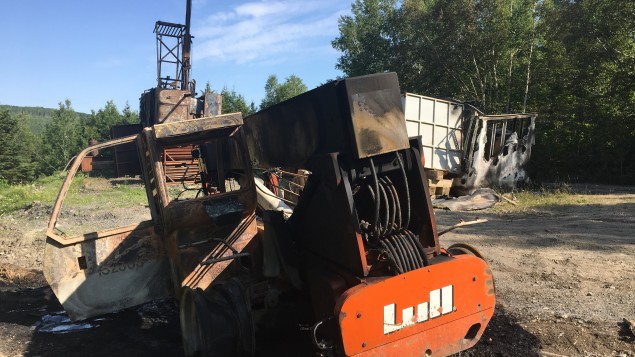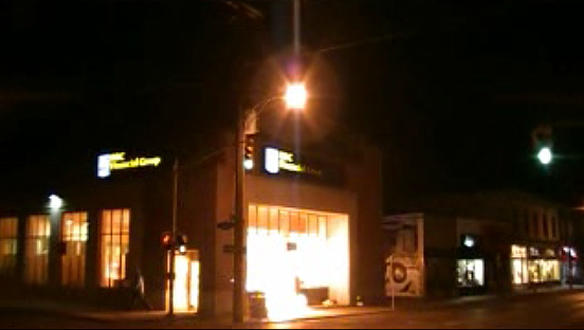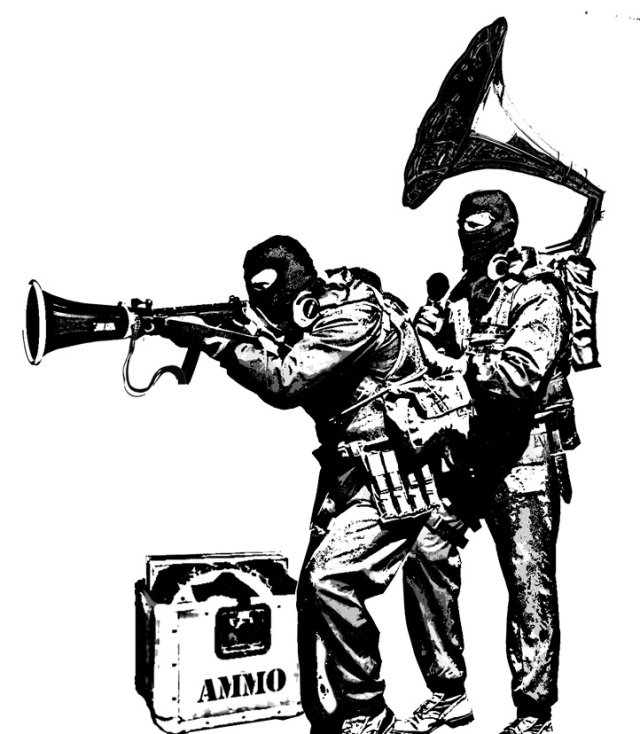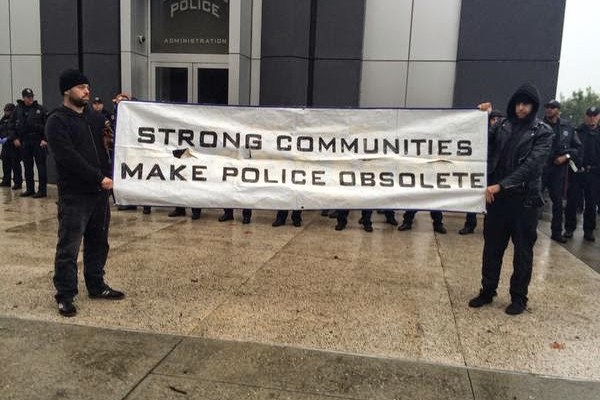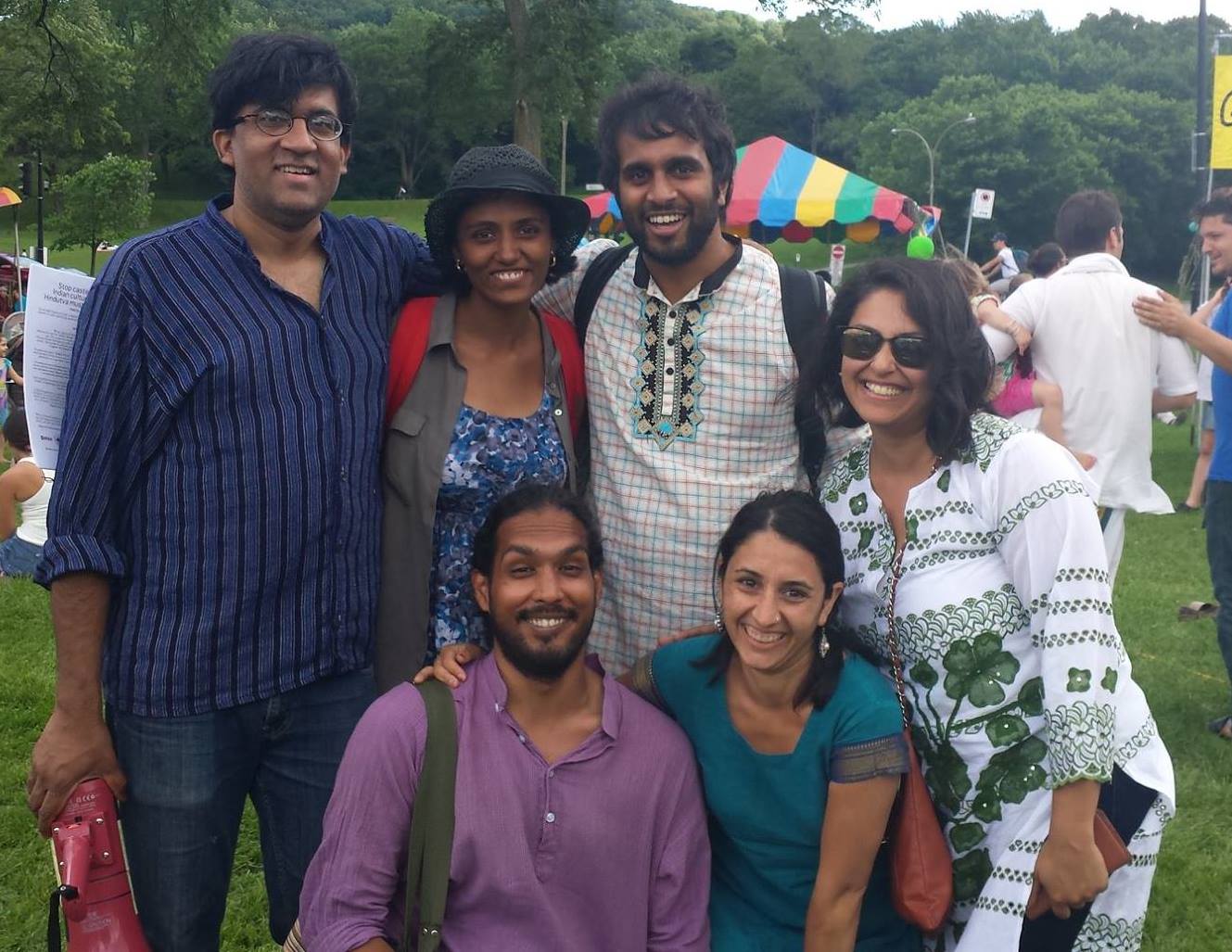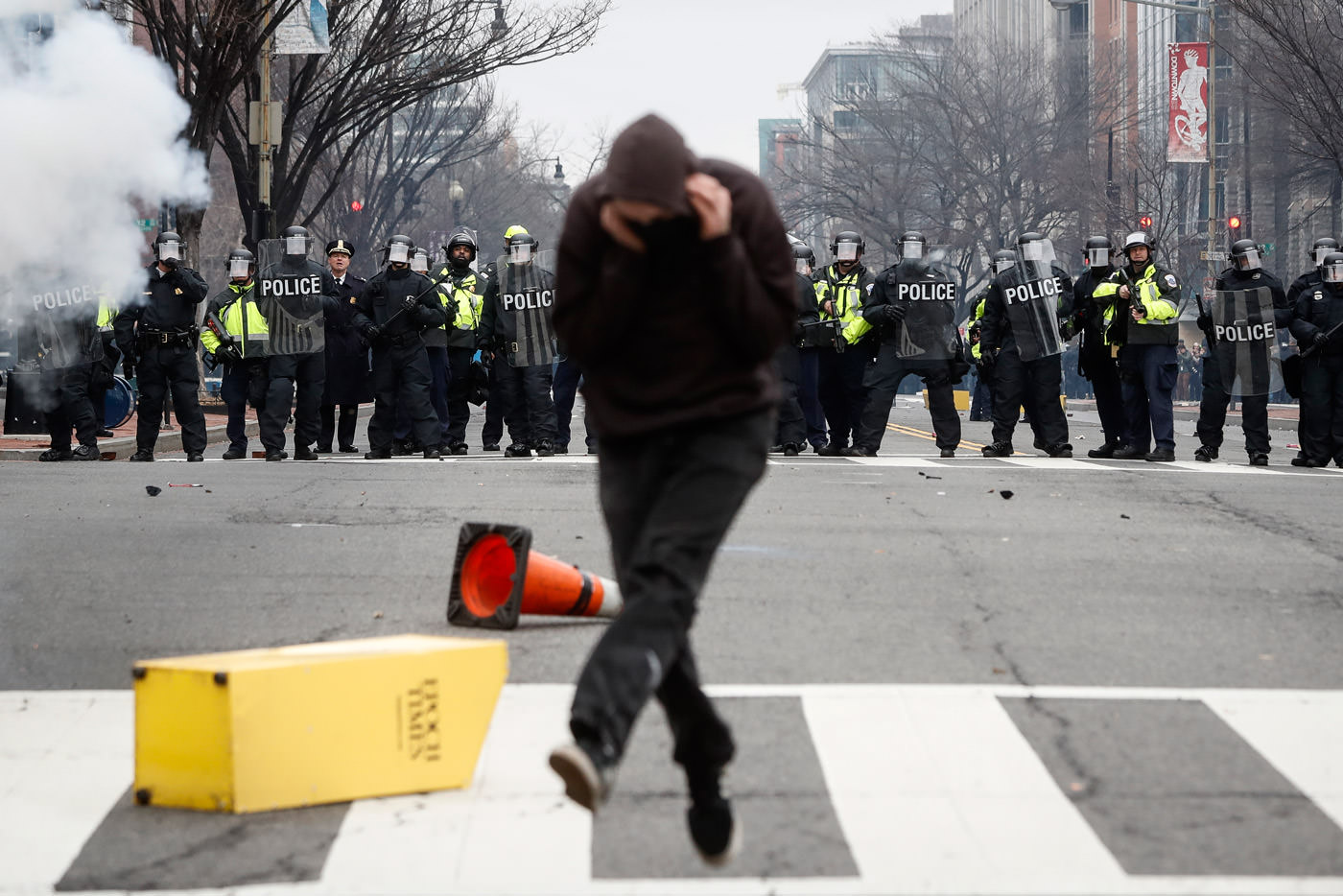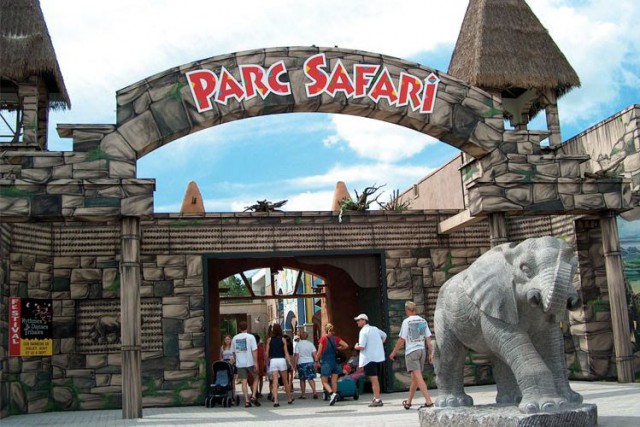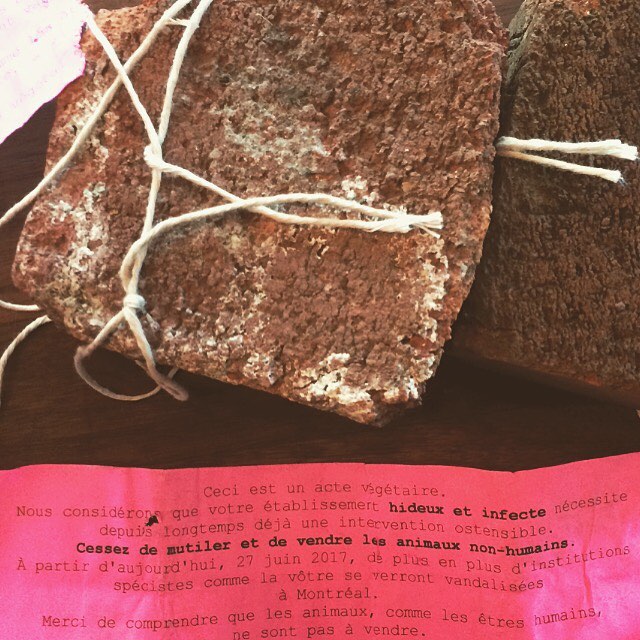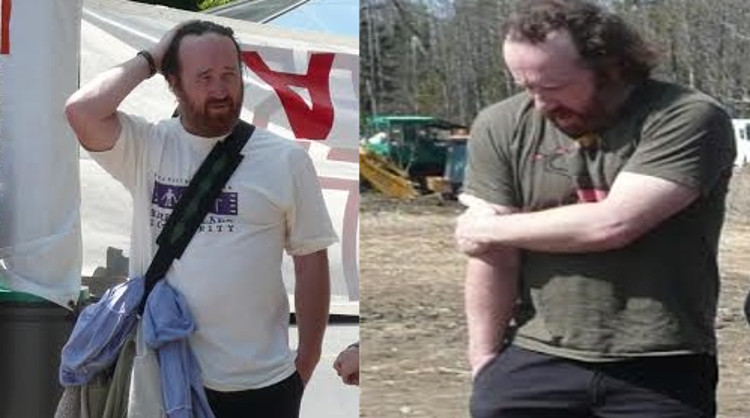
From Stones and Sticks and Words
Editorial note: We republish this text because these lessons remain very relevant, especially given that the Canadian State will likely attempt to infiltrate radical communities in the lead up to the G7 in Charlevoix, QC next summer. For more resources on combating infiltration, check out Stop Hunting Sheep: A Guide to Creating Safer Networks and Stay Calm: Some tips for keeping safe in times of state repression.
On June 25, 2010, activists in Ottawa discovered that the man they knew as François Leclerc was in fact an undercover Ontario Provincial Police officer named Denis Leduc.
Leduc’s identity was revealed during the bail hearings of two people alleged to have firebombed a branch of the Royal Bank of Canada on May 18, 2010.
“The first time I met ‘François Leclerc’ … he gave the story he was there from the north,” says Jeff, a member of EXILE Infoshop, an anarchist hub for anti-capitalist organizing in Ottawa. “He was interested in Indigenous issues. He took out a book, Ward Churchill’s A Little Matter of Genocide, and he wanted to sign up for [the protest against] CANSEC,” an annual arms trade show held in Ottawa.
“He did most of the talking in our relationship […] He told very elaborate stories of whale hunting and seal hunting,” notes Jeff.
I met Leduc for the first time in 2009, when he participated as a street medic in the protest against CANSEC. He was introduced to me by two friends and members of the Indigenous Peoples’ Solidarity Movement of Ottawa (IPSMO). A short, stocky man with shoulder-length red hair, a trim beard, and an eyebrow ring, he had a thick francophone accent and dressed casually.
He was soon invited to an IPSMO organizing meeting. At the time, IPSMO was comprised of student and community activists, and it was most involved in supporting the Algonquins of Barriere Lake (ABL), who were fighting Indigenous and Northern Affairs Canada to stop interfering in their governance. Leduc organized with IPSMO for over a year: he regularly attended meetings, took minutes, transported people and equipment in his van, administered the email list, helped set up and take down events, and provided legal support – mostly mundane, routine tasks.
Leduc began to befriend local activists, attend parties, and have drinks after organizing meetings. He told activists that he was married to an Inuit woman and that he was attending university. He said he had family in Montreal; he also mentioned working as a tree planter, and he frequently left Ottawa for weeks or a month at a time, supposedly to visit family or for work.
Organizing, solidarity, and the G20 summit
The ABL have been in conflict with the Quebec and federal governments for the past 25 years. Since 1991, the First Nation has demanded that both levels of government implement the Trilateral Agreement, which establishes revenue sharing and co-management of the territory. Indigenous and Northern Affairs Canada (INAC), the Sûreté du Québec, and the Canadian Security Intelligence Service (CSIS) have all attempted to undermine the ABL’s self-determination, including in 2008, when INAC exploited a division in the ABL by imposing an election that brought to power a small faction of the community, bypassing the traditional leadership that had earned majority support. The IPSMO had supported the community, including by participating in two ABL-led blockades of Highway 117, the only highway in the area and a major artery.
IPSMO also supported Indigenous activists in opposition to the 2010 Vancouver Olympics and the G20 summit in Toronto. IPSMO was, and remains, a small grassroots collective of activists who combine Indigenous solidarity organizing with anti-capitalist and anti-oppressive politics.
In 2010, the G20 Joint Intelligence Group listed IPSMO, along with 21 other organizations, such as Defenders of the Land and the Council of Canadians, as “domestic groups of concern.” As part of the G20 Integrated Security Unit (a coalition of municipal, regional, and provincial police forces, RCMP, and Canadian Forces), police infiltrated Greenpeace, No One Is Illegal chapters, the Ontario Coalition Against Poverty, and the Southern Ontario Anarchist Resistance, among others.
In that charged political time, Leduc and another undercover officer were also core members of the Collectif du Chat Noir, the anti-authoritarian collective mobilized around the Toronto G20 summit.
Undermine and overreact
From the time he joined IPSMO until the May 18 arson, Leduc avoided encouraging violence or provoking conflict within the group.
“I don’t remember him ever suggesting, like, anything really, like any sort of violent action,” says Krishna Bera, a former IPSMO and EXILE Infoshop member.
But in retrospect, IPSMO activists recalled three incidents where he had undermined the group’s organizing.
The first was when the Olympic torch passed through Ottawa on its way to Vancouver. IPSMO activists had planned to drop a 30-foot-by-50-foot banner that read, “NO OLYMPICS ON STOLEN NATIVE LAND” off a nearby bridge. Activists had made the banner in the parking garage of Leduc’s apartment building, though Leduc himself wasn’t otherwise involved in making it, claiming that day that he had a cold. However, he did drive the activists to the bridge where they dropped the banner.
“I was doing the lookout for cops, and I spotted these two undercovers that were right at the spot that we were at. In my mind, looking back, they … had been tipped off,” says former IPSMO member Louisa Worrell. It appears that Leduc had forewarned the police, who placed undercover officers at the drop site to quickly remove the banner; they didn’t, however, arrest anyone.
In the other two instances of undermining IPSMO solidarity, Leduc had at the last minute cancelled his offers to drive people to do court support in Maniwaki and to drive to Akwesasne to meet Mohawk activists. This impeded efforts to support Indigenous and settler activists arrested during the blockade of Highway 117, and to develop relationships between IPSMO activists and the Mohawk activists in Akwesasne.
Leduc’s strategies revealed the nature of undermining solidarity work: over a longer period, he was careful to preserve his cover while he tried to exercise control over what IPSMO activists did, and he sabotaged efforts to build trust between IPSMO and the Indigenous communities of ABL and Akwesasne.
After the firebombing of the RBC, Leduc’s rhetoric escalated.
“My radar went up immediately […] He mentioned something to me to the effect of, ‘[the firebombing] was just small potatoes and you know these companies deserve a much bigger response than this. That struck me as an odd thing to say, especially to somebody that you’d just met,” says Dave Bleakney, a Canadian Union of Postal Workers activist who met Leduc once, soon after the arson.
Political policing
Since its formation in 1984, CSIS has been responsible for political policing, but all large police forces in Canada, especially the RCMP, engage in it. Indigenous people, and to a lesser extent Indigenous solidarity activists, continue to be among the top targets of this practice in Canada.
In their essay “Surveillance: Fiction or Higher Policing?” Jean-Paul Brodeur and Stéphane Leman-Langlois explain that high policing – the surveillance of political involvement – is “entirely devoted to the preservation of the political regime” as opposed to the supposed “protection of society.”
The purpose of political policing is to identify, surveil, disrupt, and control real or perceived threats to political and economic elites. Political policing is fundamentally different from “law and order” policing, which focuses on arrest and incarceration. It emphasizes intelligence gathering using both technological surveillance and infiltration. The intelligence is intended to be used only when necessary in efforts to control people and organizations considered to be a threat.
The activists I interviewed had all been surprised that Leduc was an undercover officer, either because they didn’t expect to be surveilled in the first place or because Leduc’s behaviour did not fit their expectations of an infiltrator.
This surprise likely stems from the misconception that all infiltrators act as agents provocateurs who try to manipulate activists into taking illegal, violent, unpopular, and ineffective actions. But as Gary T. Marx points out in his theory of social movement infiltration, social movements are damaged by “opposing organizational, tactical, and resource mobilization tasks.” In other words, infiltrators suppress social movements by fomenting divisions and internal conflicts, diverting energies toward defending the movement rather than pursuing broader social goals, sowing misinformation or damaging reputations, obstructing the supply of resources (money, transport, meeting spaces), or sabotaging planned actions. Many infiltrators are thus better described as agents suppressants, who are there to gather intelligence and channel groups away from militant action.
David Gilbert describes in Love and Struggle the agents suppressants in the Weather Underground Organization “who tried to put a damper on evolving movement militancy.”
“Provocateurs,” he says, “are more dramatic and damaging, but much of the Left has an anti-militant bias in not discussing the problem of suppressants at all. There is no simple litmus test to differentiate sincere militancy from provocation or honest caution from suppression.”
Incidents of provocation can be high-profile and sensational, such as undercover police posing as members of the black bloc at Montebello. This can lead activists to paint all militant action as the work of agents provocateurs, even if there is no evidence that this is true. Conversely, because of the low-profile of most agents suppressants, activists are often unaware of their role and impact in pacifying and controlling social movements.
A chilling effect
Seven years after the OPP revealed that Leduc was an infiltrator, there appear to be fewer groups and events organized around openly anti-authoritarian and anti-capitalist politics.
However, IPSMO continues to organize in support of the ABL. It took a lead role in organizing the Indigenous Solidarity Assembly at the 2014 Peoples’ Social Forum, and has supported efforts to protect the sacred Chaudière Falls and its islands from the Windmill Development Group and Dream Unlimited Corp.’s colonial and gentrifying plans to build condominiums on stolen Algonquin land.
But the fallout of the infiltration was significant. The five Ottawa activists I interviewed all said that they are now less likely to trust other activists. They described feeling paranoid, suspicious, and demoralized, but also afraid and violated, knowing that private social moments had been surveilled.
“There’s definitely a sense of invasion, especially knowing that he’d been at my house,” says one member of IPSMO.
The IPSMO activists also emphasized that distrust and paranoia are a bigger problem than infiltration. The longer-term consequences – the sense of destruction and harmed relationships with communities that we are in solidarity with – are much more difficult to bounce back from than the direct effects of the infiltration. Indeed, it seems likely that the choice to out the infiltrator was an intentional effort by the police to create a chilling effect on activism in Ottawa.
“It did sort of dampen enthusiasm in a way. People immediately started to question anybody … who’s not almost mainstream in their activism,” said Bera.
Know your enemy
The infiltration of anarchist, Indigenous solidarity, and anti-Summit organizing from 2009–2010 was part of a long-term effort by the political police to undermine anti-capitalist, Indigenous, and Indigenous solidarity organizing, with specific interest in anti-Olympic and anti-Summit organizing.
Nuanced, strategic organizing should not be hampered by these accounts. Activists can reduce the damage done by infiltrators by being principled in their actions, respectful and accountable in how they organize with others, and by keeping in mind that distrust is usually more harmful than infiltration.
Some of Leduc’s behaviour that was suspicious included his regular absences from Ottawa, his access to a vehicle, his silence about politics, and his sudden militancy after the arson. Marx, in his essay “Thoughts on a Neglected Category of Social Movement Participant: The Agent Provocateur and the Informant,” writes that other indications of infiltrators include “difficulty in reaching the person directly by phone, reluctance to discuss one’s personal past, discrepancies in biographical information, [and] extensive knowledge of weapons and self-defense.”
Police and spy agencies continue to gather intelligence and control activist groups across Canada, and officers and paid informants continue to infiltrate activist groups. They drive activists to events, take minutes, and listen attentively to plans, ideas, dreams, and conflicts. Groups that have been infiltrated have noted that there is no uniform or tidy response to the threat. Activists should understand that the political police closely monitor and even moderate political activities with the intention of gathering intelligence on so-called “subversives.” To stay safe, activists must stay informed of police literature and legislation that upholds the conditions for infiltration, and cultivate knowledge of broad organizing methods to limit the harm caused by surveillance. It’s also vital to keep in mind that one of the purposes of surveillance is to promote distrust, and that paranoia is more corrosive to organizing than infiltration. Strategies are neither neat nor foolproof, and political policing tactics are ever changing. Activists should retain their commitment to nurturing relationships with one another and between oppressed communities, but the hard truth is that they must be savvy about their collective safety.


